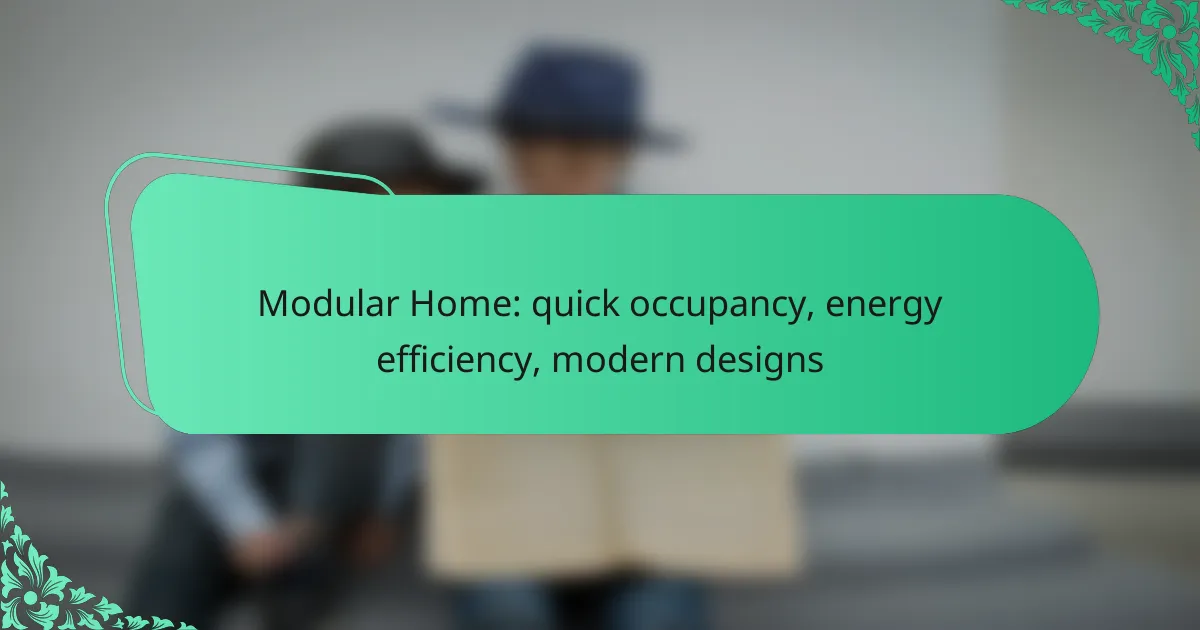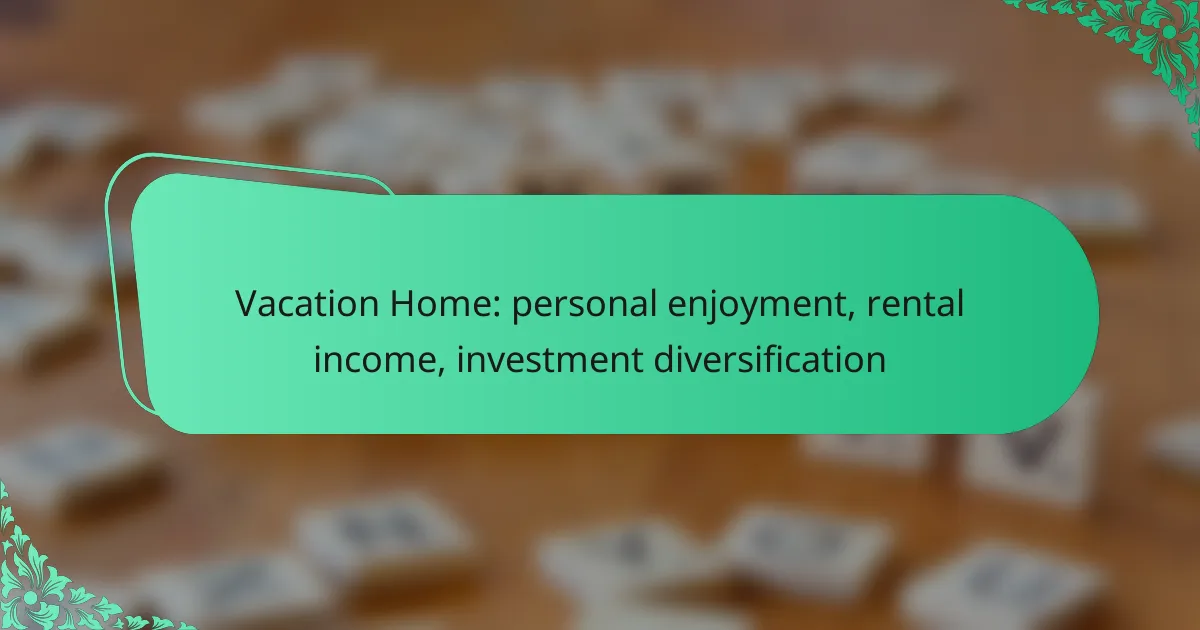Townhouses offer a unique blend of community living and affordability, making them an appealing choice for many. With shared resources and communal spaces, residents can enjoy lower costs while fostering strong neighborly relationships. This collaborative environment not only enhances social interaction but also contributes to significant savings on maintenance and living expenses.

How do townhouses promote a community feel in London?
Townhouses in London foster a strong sense of community by encouraging social interaction among residents and creating shared spaces. This design promotes neighborly relationships and a collaborative living environment, making it easier for residents to connect and engage with one another.
Shared amenities foster social interaction
Shared amenities such as gardens, playgrounds, and community rooms are common in townhouse developments, providing spaces for residents to gather and socialize. These facilities often host events or activities, which can help build friendships and a sense of belonging among neighbors.
For example, a communal garden can serve as a venue for weekend barbecues or seasonal celebrations, allowing residents to meet and interact in a relaxed setting. This shared use of resources not only enhances social ties but also reduces individual maintenance costs.
Design encourages neighborly connections
The architectural design of townhouses often includes features that promote interaction, such as front porches or shared entryways. These elements create opportunities for casual encounters, making it easier for residents to strike up conversations and form connections.
Additionally, the layout of townhouse communities typically encourages walking rather than driving, further facilitating neighborly interactions. Residents are more likely to meet each other while walking to shared amenities or visiting nearby homes, reinforcing the community feel.

What are the cost benefits of living in a townhouse?
Living in a townhouse often results in lower overall costs compared to detached homes, making it an attractive option for many buyers. The combination of shared resources and reduced maintenance expenses contributes to significant savings over time.
Lower maintenance costs compared to detached homes
Townhouses typically require less maintenance than detached homes due to their shared walls and smaller yards. Homeowners often benefit from lower costs for exterior upkeep, such as roofing and siding, which are usually covered by homeowners’ associations (HOAs).
For example, while detached homes may incur thousands of dollars annually for maintenance, townhouse owners might spend only a fraction of that. This can make a substantial difference in budgeting for homeownership.
Shared resources reduce individual expenses
Shared resources in townhouse communities, such as pools, gyms, and landscaping, help lower individual expenses. These amenities are often maintained by the HOA, allowing residents to enjoy them without the high costs associated with private ownership.
Additionally, shared utilities like water and trash services can lead to lower monthly bills. By pooling resources, townhouse residents can save significantly compared to those living in standalone homes, where all costs fall on the individual homeowner.

What shared resources are available in townhouse communities?
Townhouse communities often provide a variety of shared resources that enhance the living experience while reducing individual costs. These resources typically include communal spaces and services that foster a sense of community and convenience for residents.
Community gardens and recreational areas
Community gardens and recreational areas are common features in townhouse communities, offering residents a space to grow plants, socialize, and engage in outdoor activities. These gardens can vary in size and may include plots for individual gardening or shared spaces for group projects.
Recreational areas often feature amenities such as playgrounds, picnic spots, and walking trails, which encourage outdoor activities and community gatherings. Residents can enjoy these spaces without the burden of maintaining them individually, fostering a shared sense of ownership.
Shared utilities and maintenance services
Shared utilities and maintenance services are significant advantages of townhouse living, as they can lead to lower monthly costs for residents. Utilities such as water, electricity, and internet may be bundled, allowing for bulk pricing that is often more affordable than individual contracts.
Maintenance services typically cover landscaping, snow removal, and general upkeep of common areas, ensuring that the community remains attractive and functional. Residents should review the terms of these services to understand what is included and any potential fees associated with them.

How to choose the right townhouse in the UK?
Choosing the right townhouse in the UK involves assessing community aspects, costs, and shared resources. Prioritize your needs for amenities, location, and accessibility to ensure a comfortable living experience.
Evaluate community amenities and services
When selecting a townhouse, consider the available community amenities and services that enhance daily living. Look for features such as parks, recreational facilities, and communal areas that foster social interaction.
Investigate local services like grocery stores, healthcare facilities, and public transport options. A well-equipped community can significantly improve your quality of life and reduce travel time for essential errands.
Consider location and accessibility
The location of your townhouse is crucial for convenience and lifestyle. Assess proximity to work, schools, and leisure activities, as well as the overall safety and appeal of the neighborhood.
Accessibility to public transport and major roadways can greatly influence your daily commute. Aim for areas with good transport links, which can save time and reduce travel costs, making life easier and more enjoyable.

What are the financing options for buying a townhouse?
Financing options for buying a townhouse typically include conventional mortgages and government-backed schemes. Understanding these options can help you choose the best path for your financial situation and homeownership goals.
Conventional mortgages for townhouses
Conventional mortgages are standard loans offered by banks and mortgage lenders that are not backed by the government. These loans usually require a down payment ranging from 3% to 20% of the purchase price, depending on the lender’s requirements and the buyer’s creditworthiness.
When considering a conventional mortgage, it’s essential to compare interest rates and terms from multiple lenders. A lower interest rate can significantly reduce your monthly payments and overall loan cost. Be aware of additional costs such as private mortgage insurance (PMI) if your down payment is less than 20%.
Government schemes for first-time buyers
Government schemes for first-time buyers can provide financial assistance and make homeownership more accessible. Programs like FHA loans in the U.S. require lower down payments, often around 3.5%, and are designed to help those with less-than-perfect credit.
Additionally, some regions offer first-time homebuyer grants or tax credits that can further reduce the financial burden. Research local programs to find options that may be available in your area, as these can vary significantly by state or municipality.

What are the long-term trends in townhouse living?
Long-term trends in townhouse living indicate a growing preference for community-oriented, cost-effective housing solutions. As urban populations increase, townhouses provide an appealing option that balances affordability with a sense of belonging.
Increased demand for urban housing solutions
The demand for urban housing solutions, including townhouses, has surged in recent years due to rising city populations and housing shortages. Many individuals and families are drawn to townhouses for their lower costs compared to single-family homes, making them a viable option for first-time buyers and renters alike.
Townhouses often feature shared walls, which can reduce construction and maintenance costs. This design not only makes them more affordable but also allows for a more efficient use of land in densely populated areas.
Shift towards sustainable community designs
There is a noticeable shift towards sustainable community designs in townhouse developments. Many new projects incorporate eco-friendly materials, energy-efficient systems, and green spaces, promoting a healthier lifestyle and reducing environmental impact.
Communities are increasingly focusing on shared resources, such as communal gardens and recreational areas, which foster social interaction among residents. This approach not only enhances the living experience but also encourages a sense of responsibility towards the environment and the community.










